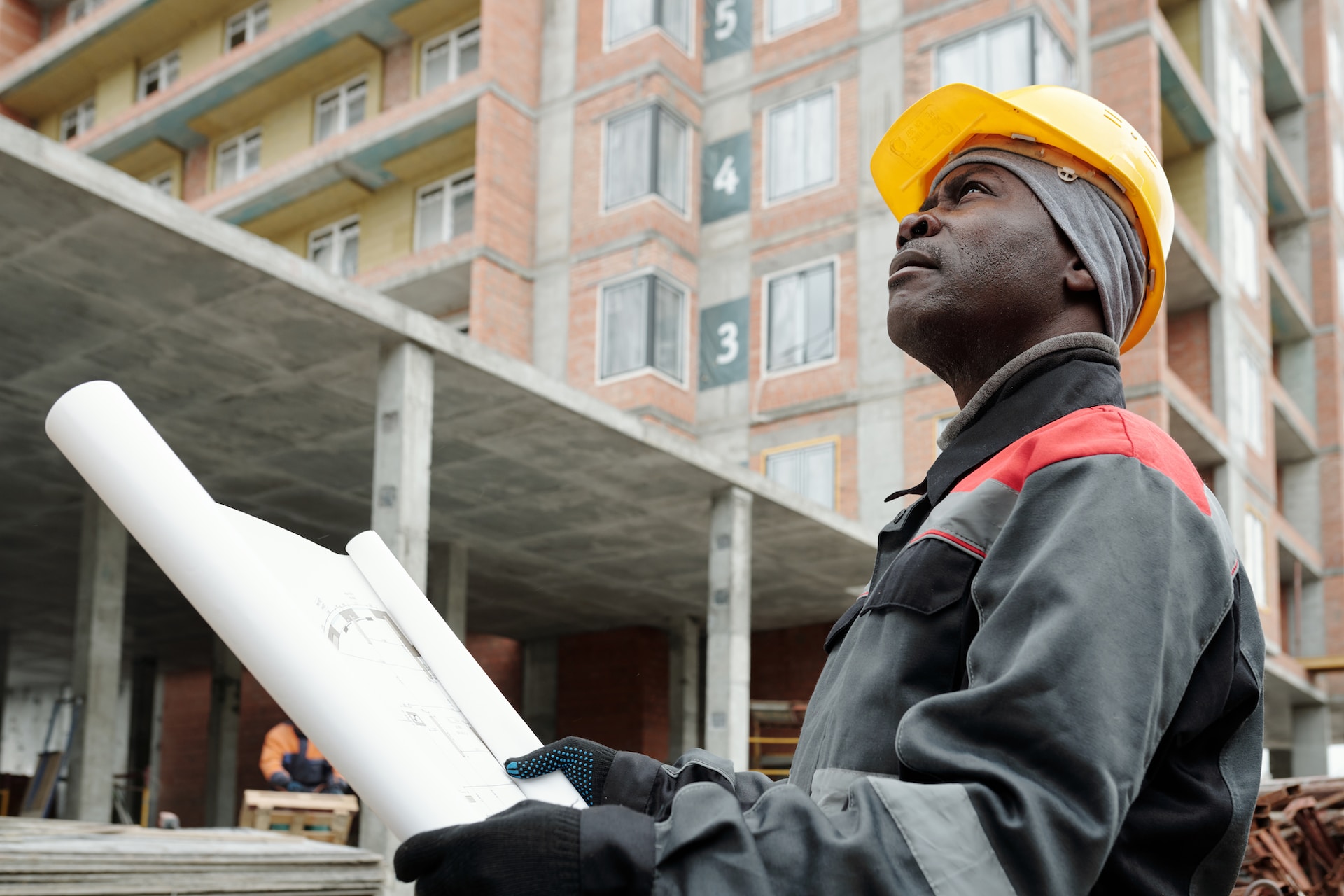Plastic cribbing is a safety solution for stabilizing heavy equipment and vehicles in emergency response, industrial maintenance, and repair. It’s an intelligent choice because it’s safer, cleaner, and won’t absorb gas, oil, chemicals, or bio-hazardous substances.
One of the major concerns we hear is whether or not plastic cribbing slips in snowy, icy conditions. We did some tests and found that the small pyramid-shaped protrusions on the opposite sides of plastic cribbing seemed to “bite” into the ice better than wood cribbing.
What is Plastic Cribbing?
Plastic cribbing is an engineered product that can be used to stabilize equipment, products, and vehicles. It is made of durable, re-engineered recycled plastic and offers several benefits over traditional wood cribbing.
An excellent example of everyday use for plastic cribbing is as part of lifting operations. Often called “lift an inch, crib an inch” or “pack as you jack,” cribbing creates an elevated platform to place equipment or vehicle to stabilize it and secure it while it is being lifted.
Cribbing is crucial for stabilization and equipment support for fire departments, industrial plants, and mining industries. Cribbing is a time-tested and straightforward solution for creating an elevated structure capable of supporting a heavy load.
What are the Benefits of Plastic Cribbing?
Cribbing is a construction technique that involves stacking specially designed, uniform blocks under a load to support them. It is used in various applications, such as construction, aerial lift, and rescue operations.
Traditionally, cribbing is made from wood. However, many industries have switched to using plastic cribbing instead, as it offers several benefits over wooden cribbing.
The most obvious benefit of plastic cribbing is its ability to be more stable than wood cribbing. It does not absorb fluids and is splinter-free than wood cribbing.
Plastic cribbing is also more eco-friendly than wooden cribbing, as it does not contain wood. It is also more resistant to rot, oil, and chemicals than wooden cribbing, so it is a much better option for long-term use.
How Does Plastic Cribbing Work?
Cribbing is a simple yet effective means of providing support to heavy loads. It involves stacking a group of specially designed, uniform blocks under the load.
For optimal safety, it should be used with hydraulic devices to lift the load into place and stabilize the platform for safer access by personnel.
Plastic cribbing can also be valuable in emergency response, industrial maintenance, and repair. Its strength and durability allow it to last for years, reducing downtime. It also doesn’t attract rot or termites, which can cause structural damage to buildings and equipment. It is an intelligent choice for anyone looking to increase workplace safety and productivity while cutting down on costly downtime and waste.
Why Should I Use Plastic Cribbing?
Cribbing is a temporary structure that supports heavy equipment, vehicles, or products during construction and other operations. It can also be used to stabilize objects in firefighting and rescue situations.
Traditionally, cribbing is made from wood. However, wood can be prone to environmental damage, such as rot or termites.
Plastic cribbing, on the other hand, is resistant to damage from the environment and doesn’t attract termites or other pests that can harm a job site. In addition, it doesn’t stain and is easy to clean.
While cribbing is a common technique among aerial lift operators, it is essential to be sure that all workers involved are adequately trained on how to use cribbing safely and efficiently. This includes how to set up a crib correctly and how to avoid accidents or injuries during construction.



